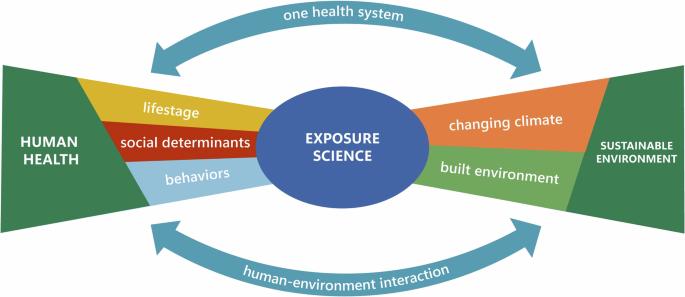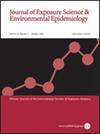Environmental public health research at the U.S. Environmental Protection Agency: A blueprint for exposure science in a connected world
IF 4.7
3区 医学
Q2 ENVIRONMENTAL SCIENCES
Journal of Exposure Science and Environmental Epidemiology
Pub Date : 2024-11-16
DOI:10.1038/s41370-024-00720-8
引用次数: 0
Abstract
Exposure science plays an essential role in the U.S. Environmental Protection Agency’s (U.S. EPA) mission to protect human health and the environment. The U.S. EPA’s Center for Public Health and Environmental Assessment (CPHEA) within the Office of Research and Development (ORD) provides the exposure science needed to characterize the multifaceted relationships between people and their surroundings in support of national, regional, local and individual-level actions. Furthermore, exposure science research must position its enterprise to tackle the most pressing public health challenges in an ever-changing environment. These challenges include understanding and confronting complex human disease etiologies, disparities in the social environment, and system-level changes in the physical environment. Solutions will sustainably balance and optimize the health of people, animals, and ecosystems. Our objectives for this paper are to review the role of CPHEA exposure science research in various recent decision-making contexts, to present current challenges facing U.S. EPA and the larger exposure science field, and to provide illustrative case examples where CPHEA exposure science is demonstrating the latest methodologies at the intersection of these two motivations. This blueprint provides a foundation for applying exposomic tools and approaches to holistically understand real-world exposures so optimal environmental public health protective actions can be realized within the broader context of a One Health framework.

美国环境保护局的环境公共健康研究:互联世界中的暴露科学蓝图。
暴露科学在美国环境保护局(U.S. EPA)保护人类健康和环境的任务中发挥着至关重要的作用。美国环保局研发办公室(ORD)下属的公共卫生与环境评估中心(CPHEA)提供所需的暴露科学,以描述人与其周围环境之间的多方面关系,从而为国家、地区、地方和个人层面的行动提供支持。此外,暴露科学研究必须使其企业能够在不断变化的环境中应对最紧迫的公共卫生挑战。这些挑战包括了解和应对复杂的人类疾病病因、社会环境中的差异以及物理环境中系统层面的变化。解决方案将可持续地平衡和优化人类、动物和生态系统的健康。我们撰写本文的目的是回顾 CPHEA 暴露科学研究在近期各种决策环境中的作用,介绍美国环保局和更广泛的暴露科学领域当前面临的挑战,并提供 CPHEA 暴露科学在这两种动机的交汇点展示最新方法的说明性案例。该蓝图为应用暴露组学工具和方法全面了解真实世界的暴露情况奠定了基础,以便在 "一个健康 "框架的大背景下实现最佳的环境公共健康保护行动。影响声明:美国环保局公共卫生与环境评估中心的暴露研究重点位于环境决策背景和广泛的公共卫生挑战的交叉点。该蓝图为推动全面了解真实世界暴露情况的工具和方法奠定了基础,从而实现最佳的环境保护行动。一个健康 "的视角有助于塑造暴露研究,以产生最大影响,从而支持跨学科且必须有多个部门参与的解决方案。
本文章由计算机程序翻译,如有差异,请以英文原文为准。
求助全文
约1分钟内获得全文
求助全文
来源期刊
CiteScore
8.90
自引率
6.70%
发文量
93
审稿时长
3 months
期刊介绍:
Journal of Exposure Science and Environmental Epidemiology (JESEE) aims to be the premier and authoritative source of information on advances in exposure science for professionals in a wide range of environmental and public health disciplines.
JESEE publishes original peer-reviewed research presenting significant advances in exposure science and exposure analysis, including development and application of the latest technologies for measuring exposures, and innovative computational approaches for translating novel data streams to characterize and predict exposures. The types of papers published in the research section of JESEE are original research articles, translation studies, and correspondence. Reported results should further understanding of the relationship between environmental exposure and human health, describe evaluated novel exposure science tools, or demonstrate potential of exposure science to enable decisions and actions that promote and protect human health.

 求助内容:
求助内容: 应助结果提醒方式:
应助结果提醒方式:


